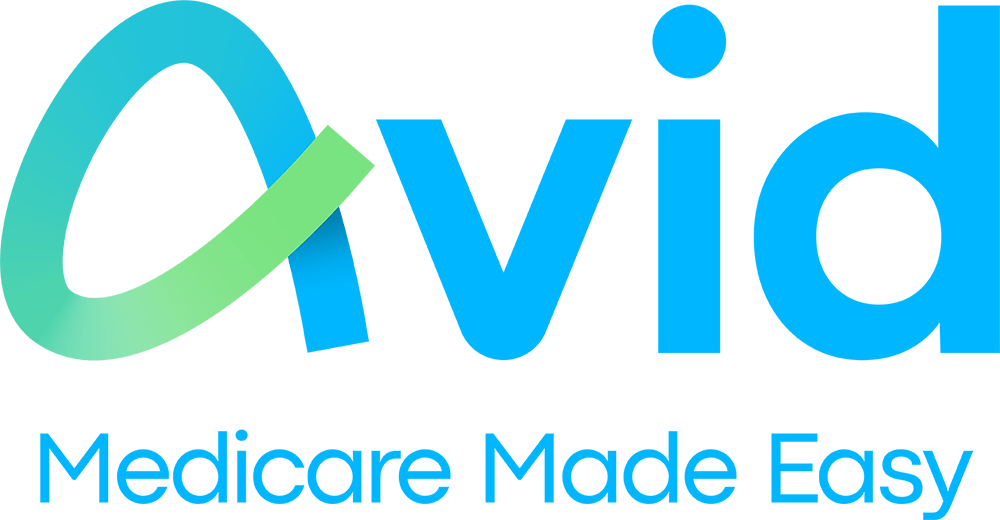Medicare Advantage Plans provide an alternative way of obtaining your Medicare part A and Part B coverage. These plans, also referred to as “Part C” or “MA Plans,” are offered by private companies that have received approval from medicare and must adhere to the established regulations set by Medicare. Many Medicare Advantage Plans typically include prescription drug coverage (Part D), and do not require a separate Part D plan. Most plans will require you to use in-network providers, who participate in the plan’s specific network. These plans help set a limit on your out-of-pocket expenses for covered services.
What are the different types of Medicare Advantage plans?
- Health Maintenance Organizations (HMO)
- Preferred Provider Organizations (PPO)
- Private Fee-For-Service Plans (PFFS)
- Special Needs Plans (SNP)
- Medicare Medical Savings Account Plans (MSA)
What are the key features of Medicare Advantage plans?
- All-in-One Coverage:
- Medicare Advantage plans typically include coverage for hospital stays (Part A), medical services (Part B), and often prescription drugs (Part D).
- Many plans may also cover additional benefits not included in Original Medicare, such as dental, vision, hearing, and wellness programs.
- Network-Based Coverage:
- Medicare Advantage plans often have provider networks, and beneficiaries may need to use doctors and hospitals within the plan’s network to receive full coverage.
- Some plans may offer out-of-network coverage, but at a higher cost to the beneficiary.
- Premiums and Cost-Sharing:
- Beneficiaries continue to pay their Medicare Part B premium in addition to any premium associated with the Medicare Advantage plan.
- The cost-sharing structure, including copayments, coinsurance, and deductibles, can vary between plans.
- Prescription Drug Coverage:
- Many Medicare Advantage plans include prescription drug coverage (Part D) as part of the plan. These plans are known as Medicare Advantage Prescription Drug (MAPD) plans.
- Beneficiaries should review the plan’s formulary to ensure their medications are covered.
- Out-of-Pocket Maximum:
- Medicare Advantage plans have an annual out-of-pocket maximum, which limits the amount beneficiaries need to pay for covered services in a given year.
- Special Needs Plans (SNPs):
- Some Medicare Advantage plans are designed for individuals with specific health conditions or characteristics, such as chronic illnesses or institutionalized individuals. These are called Special Needs Plans


